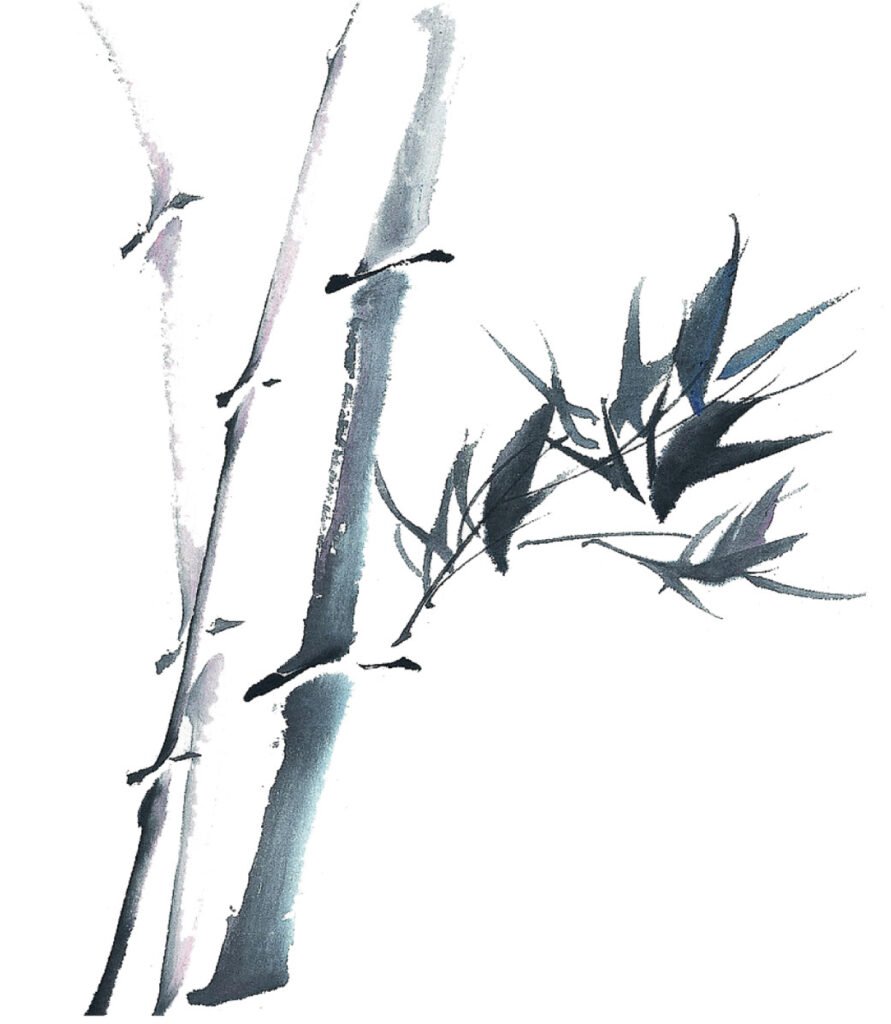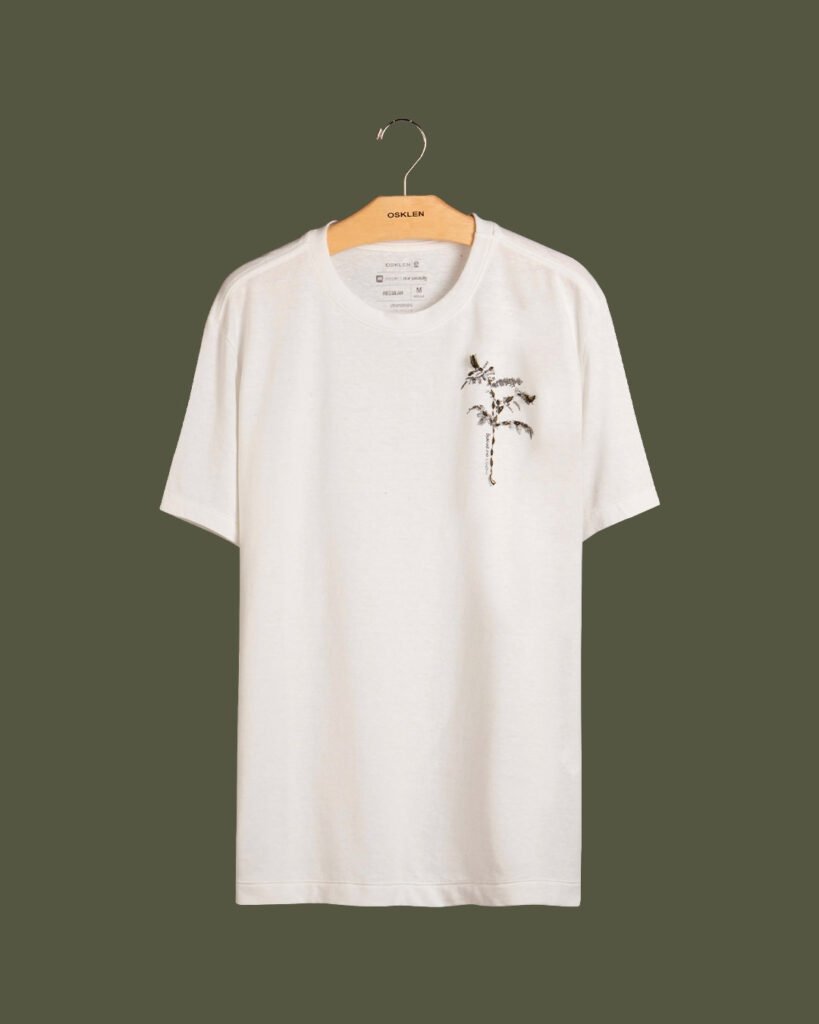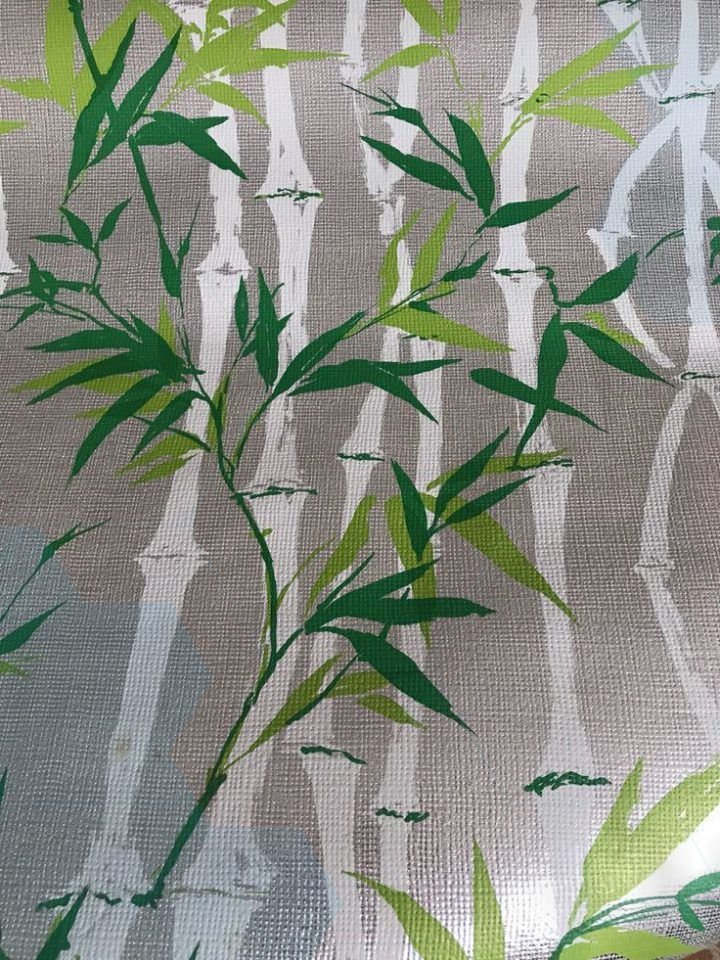In the thousands of years of bamboo application development, the most well-known may be bamboo shoots and bamboo weaving. Bamboo poles can be split into bamboo strips and woven into various forms of handicrafts, just as displayed in Booboa. Besides, the culture derived from bamboo is also non negligible. For example, bamboo patterns are flexibly applied to various woven fabrics.

History of bamboo patterns
As one of the “Four Gentlemen of Flowers”, bamboo has been highly praised by literati and scholars in ancient China. During the Wei and Jin dynasties, there was a literary group known as the “Seven Sages of the Bamboo Grove”. Chinese gardens have bamboo planting mostly, and temples have bamboo pavilions. There are countless similar examples, indicating that bamboo is an important symbol in traditional Chinese culture. In situations where bamboo plants cannot be planted, placing bamboo patterns on fabrics is a clever way.

Application of bamboo patterns in fabrics
In the past, people would use embroidery, hand drawing, or rubbing to create bamboo patterns on fabrics. Nowadays, the technology in the textile industry is becoming increasingly advanced, and there are more and more ways to apply bamboo patterns to fabrics, such as printing, jacquard, heat transfer printing, screen printing, 3D printing, and so on. The advancement of technology has made patterns increasingly rich and textures more diverse.
The small bamboo patterns serve as embellishments for the originally monotonous clothing, while the large bamboo prints have a complex aesthetic. The bamboo pattern in one color is very simple, while the colorful bamboo gives people a passionate and unrestrained feeling, with endless variations. Meanwhile, the carrier of bamboo patterns is not limited to ordinary T-shirts, it is also applied to various fabrics such as socks, jackets, luxury couture gowns, bed sheets, curtains, etc.


The reason why bamboo patterns are popular
People love to wear clothing with bamboo patterns not only because of its tall and elegant appearance, but also because of its imagery.
Bamboo is a symbol of integrity. The toughness of bamboo poles not only makes bamboo products durable, but also makes bamboo a representative of toughness and resilience. The evergreen bamboo leaves represent eternal youth, and the bamboo forest also has the meaning of unity and cooperation. These symbols are the underlying reasons why people are fond of bamboo plants, bamboo patterns, and bamboo products.

Conclusion
The application of bamboo patterns in woven fabrics is an inheritance of traditional culture and also a pursuit of goodness by modern people. Booboa is committed to combining tradition with innovation to create a kingdom of bamboo crafts that is both practical and beautiful.

Leave a Reply